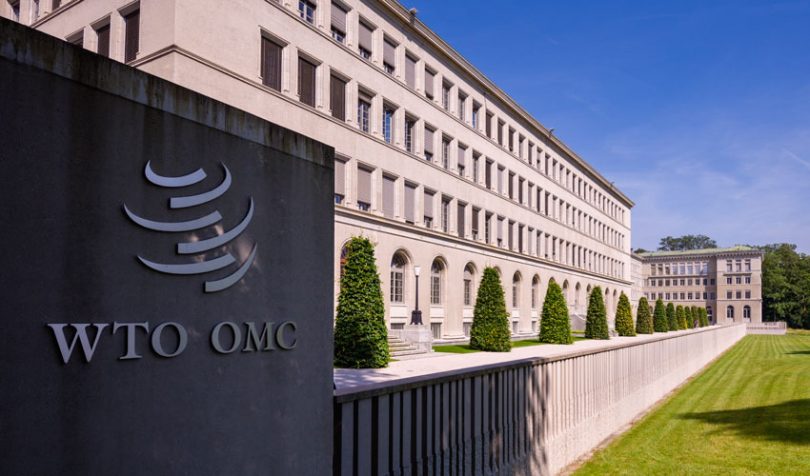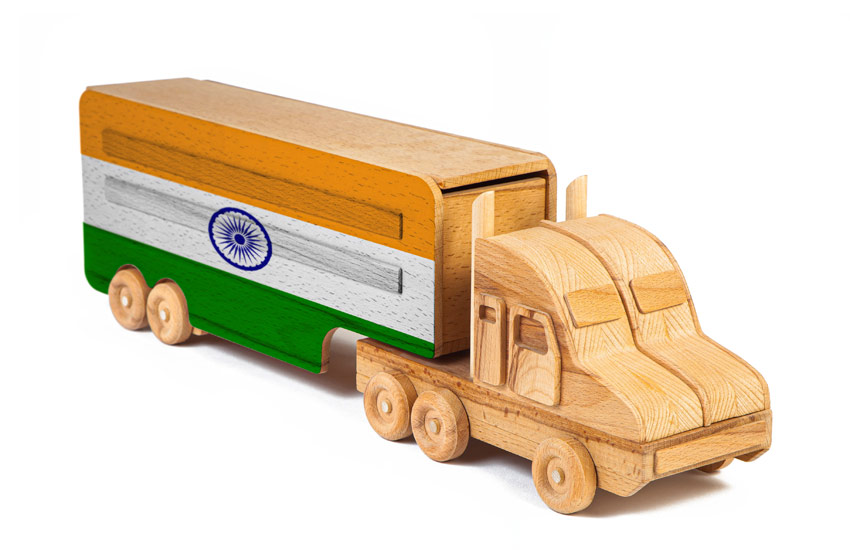Today the World Trade Organization (WTO) released its 2018 report that highlights the impact of digital technologies on trade. The four technologies they stress are the Internet of Things (IoT), artificial intelligence (AI), 3D printing and blockchain.
The organization expects trade to grow by an extra 2% annually between 2016 and 2030. The net impact will be 31%-34% growth over 15 years. While technology can help cut costs and enhance revenues, much of the growth will come from services. It predicts services trade share will grow from 21% in 2016 to 25% in 2030.
The report says: “New technologies can also significantly affect what we trade, who trades what, and how we trade. The wide adoption of digital technologies is changing the composition of trade in different categories of services and goods, and is redefining intellectual property (IP) rights in trade.”
Concerning IP the report outlines how technology reduces the costs to create, copy and distribute creative works. Hence there’s increased trade in IP rights. And the regulation of IP rights, data flows, and privacy will be important and need credible enforcement.
The importance of skills will increase, and some of the technologies could reduce the role of labor as a comparative advantage. In a digital world, geographic factors become less relevant. But energy infrastructure is important because servers are power hungry.
Digital technologies could result in more Global Value Chain trade wherein different components of a product are produced around the world. That’s because communication, logistics and verification costs impede trade. Technology can improve each of these factors.
Blockchain
The WTO says Blockchain’s potential to transform business processes remains to be fully assessed. As an example, they gave Bitcoin’s poor scalability and seven transactions per second. But the report also highlights that permissioned blockchains more common in trade are more scalable, though still have a way to go.
The second issue they identified for blockchain was interoperability. However, they noted the ISO and International Chamber of Commerce are working on standards. Finally, there are legal issues. These include the legal status of a blockchain transaction, jurisdictional issues, and liability issues. Plus there are compatibility issues with current regulations.
The WTO referred to Gartner’s report on blockchain trends. Gartner pegs the current phase as ‘irrational exuberance, and few high profile successes’. But between 2022 to 2026 it’s expected there will be more substantial focused investments and many successful models. By 2030 Gartner predicts that blockchains could deliver $3 trillion of value worldwide, through both cost savings and increased revenues.
WTO’s report highlights that all digital technologies, but especially blockchain, will help to improve physical trade. Specifically by optimizing custom procedures, increasing logistics efficiencies, helping with language issues, and reducing contract enforcement costs. One example they gave was the Maersk and IBM TradeLens blockchain project for digitalizing international logistics.
They also point to cross-border payments such as consumer applications from Circle and banking and business solutions from Ripple.
Trade finance, and particularly letters of credit and supply chain finance are areas where the WTO observed significant activity.
Traceability of agricultural products is another area where blockchain is showing potential. The report focused on Sanitary and phytosanitary measures (SPS) which are governed by WTO agreements.
They also covered traceability of items like diamonds. They highlighted the need for a robust link between the physical object and online events and distributed ledgers.







